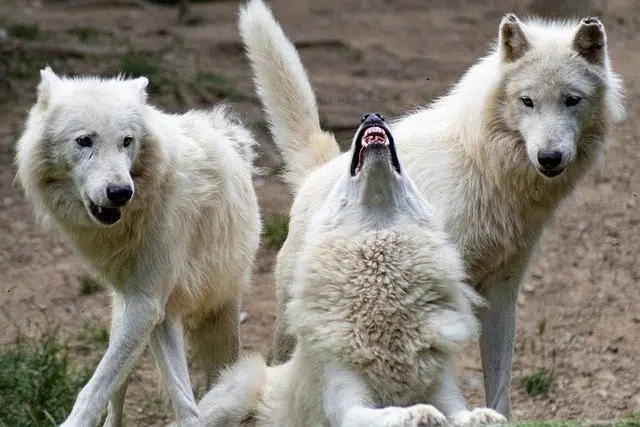
The howling of wolves can be terrifying
Ululate is a verb that comes from the Latin word ululāre . The concept refers to uttering howls, screams or shouts .
Some example sentences
For example: “Walking through the forest in the middle of the night, the howling of wolves was very terrifying to me” , “Some people believe that the howling of an owl foretells a misfortune, but to me that is nothing but nonsense” , “I am quite tired because the howling of birds did not let me sleep” .
As we mentioned above, the sound associated with howling falls into the category of those that produce fear or shock , that are surprising due to their intensity and that are not very defined or precise . The first example speaks of wolves , of the sounds they emit during the night in a forest and the sensations that this causes to the emitter. We must point out that probably the rest of the animals in the area do not feel the same as a human being, because the problem in this case is our lack of understanding of their language.
All three examples are about animals. The second one is much more common because it refers to birds , more precisely to an owl. Since the hooting is characterized, among other things, by being very high-pitched , it is normal that we apply this term to species with smaller vocal cords . Returning to the sentence, the speaker is trying to demystify the idea that when an owl sings in this way it announces some dire event that is about to happen.
Finally, we have an example where hooting is presented as something “annoying” and not necessarily as a horrible sound. A person complains about the birds because they do not let him rest with so much noise . We must remember that the height of the hooting is crucial in this case: if it were a very low sound, something that we could perhaps describe as a “murmur”, it would probably be less invasive. But its sharpness allows it to reach a greater distance and it is easier for our ears to perceive.
Common uses of “ulular”
The term hooting is often used to refer to sounds made by animals . It is often said that birds hoot , although the notion is also valid for mammals .
Wind howling , on the other hand, is the noise produced by currents and gusts of air . This howling can be annoying and cause anxiety, uncertainty or distress in some cases.
Sirens also ululate. This characteristic sound serves as a warning or alarm and sometimes has a symbolic connotation .
We mentioned above some of the sonic characteristics of hooting, especially its high-pitched nature, which is demonstrated by these three examples. In particular, in the case of sirens for ambulances, police cars and fire engines , which are three creations of man, a sound was intentionally sought that would be able to cut through the typical cacophony of large cities, to rise above it in order to fulfil its purpose of alerting citizens and ensuring that they do not get in the way.

The sound of the ambulance siren is also called "hooting"
Everyday situations
Let's say an ambulance is transporting a patient who is in critical condition. To get to the hospital quickly, the vehicle must travel at high speed. In this situation, the wailing of the siren helps other drivers to move aside and make way for the vehicle.
To remember the victims of a fatal fire, the firemen can sound the sirens at the fire station and on the fire truck on each anniversary. In this way, every year, on the same day and at the same time, the sirens can be heard throughout the city .
